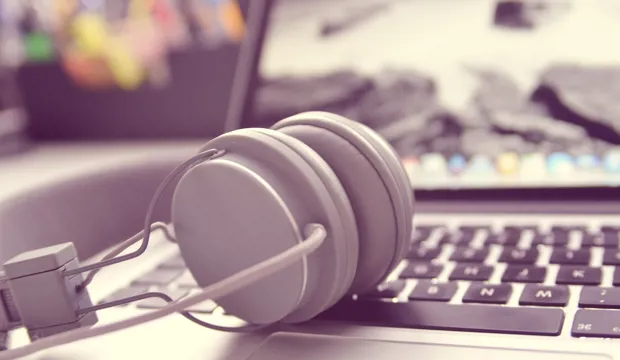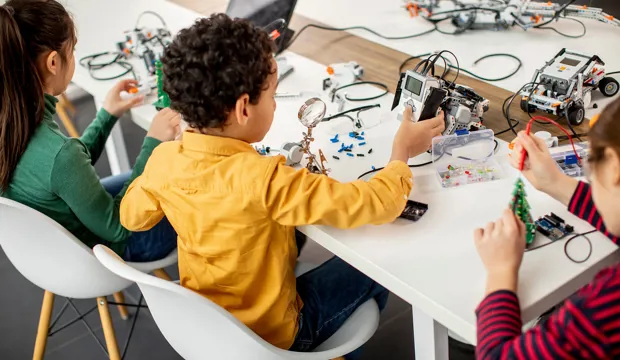
Animation: Make moving pictures
Using technology to create an animation
Thaumatropes are one of the earliest forms of animations, first created in Paris in 1824 by John Ayrton. They work by creating an optical illusion of motion, as the drawings appear to blend into one another when spun.
Learners can make their own thaumatrope in this engaging resource developed with assistance from Archives of IT.
Activity: Animation - Make moving pictures
In this activity learners will develop an understanding of animation and produce two different forms of animation.
This activity could be used as a main lesson activity, to introduce the concept of digital art and increase understanding of methods of animation. Alternatively it could be used to introduce or reinforce graphics skills or, by selecting an appropriate topic to address as a class, to reinforce learning of a science topic.
Download the free activity sheets below!
All activity sheets and supporting resources are free to download and are fully editable, so you can tailor them to your students’ and your schools’ needs.
And please do share your learning highlights and final creations with us on social media @IETeducation or send them via email to IETEducation@theiet.org to be featured in our online gallery.
Downloads
- Animation activity
- Animation presentation
- Animation storyboard handout
- Animation thaumatrope handout
Tools/resources required
- Paper and colouring implements
- Scissors
- Straws or craft sticks
- Glue sticks
- Laptop / tablet with access to appropriate stop motion software.
- Modelling clay or plastic construction bricks (optional, for extension activity)
- Digital cameras or image capture equipment (optional, for extension activity)
The activity sheet includes teacher notes, guidance, useful web links, and links (where appropriate) to the national curriculum in each of the four devolved UK nations; England, Northern Ireland, Scotland, and Wales.





